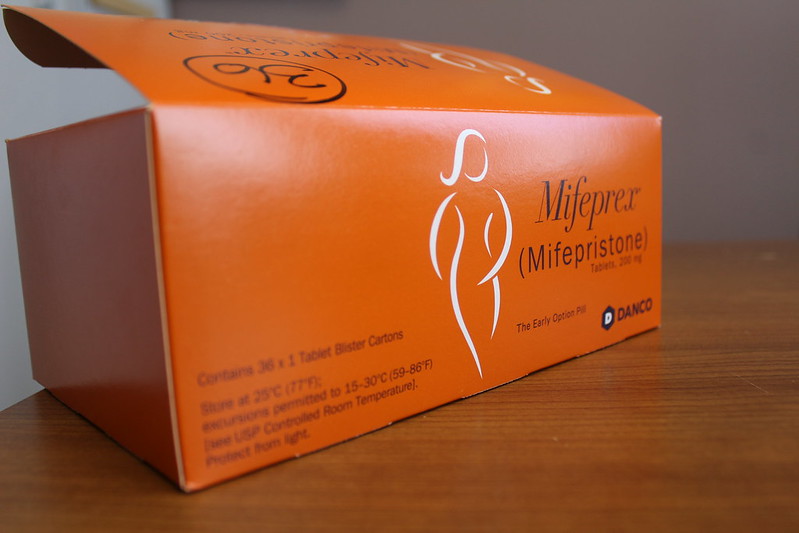
Credit: Robin Marty
It’s International Safe Abortion Day. Here’s What You Can Do.
Thursday, September 28th is International Safe Abortion Day, also known as Day of Action for Access to Safe and Legal Abortion. The campaign, which originated in Latin America and the Caribbean, has been working for the last two decades to not only provide access to safe abortion care, but to eradicate stigma around abortion. September 28th was selected as the date in order to memorialize the day in which slavery was abolished in Brazil, and has come to be known as the day of the “free womb.”
In addition to calling for the decriminalization of abortion, as well as expansion of inclusive access to safe abortion care, the implementation of comprehensive sex education, support for the work of young people in the abortion justice movement, September 28th activists are bringing attention to the need for wide access to self-managed abortion (also known as medical abortion, or abortion pills).
Self-managed abortion is a safe and effective method of terminating a first trimester pregnancy. You can self-manage your own abortion at home with abortion pills, either a combination of mifepristone and misoprostol (up to 98% effective) or misoprostol on its own (85-95% effective).
In 2023, the Kellogg Foundation released research on public’s awareness of abortion and emergency contraception. It found that 31% of American adults had heard of mifepristone, and half of women ages 18-49 knew about the existence of abortion pills. However, half of adults, including 41% of women, also reported that they were unsure as to whether or not the pills were legal in their state. In fact, one in eight adults, and one in 10 women, believed self-managed abortion to be legal in their state when in fact, it’s illegal.
Make no mistake – confusion as to the legality of abortion pills is a strategy employed by the anti-choice movement. Before Roe v. Wade was overturned in June 2022, when abortion remained technically legal in every US state, the reality of access was drastically limited by a nefarious amalgamation of TRAP laws, waiting periods, the Hyde Amendment, clinic violence, parental involvement laws, clinic co-location, and more. If you didn’t know up from down when it came to abortion access then, it’s only gotten more difficult to distinguish facts from fallacy.
The constant shifting of the landscape of abortion leaves those searching for abortion care desperate to end their pregnancies, and as long as the coat hanger continues to appear on protest signs, the belief that we’re destined to return to the era of the back-alley abortion, with its horror stories of botched surgeries resulting in infertility and sepsis, will persist. The existence of abortion pills can ensure that we have options for abortion access that don’t require a visit to a clinic, an underground provider, or dangerous methods involving household objects, but first, people must be aware that the option ofto self-managed abortions exist, and that they are safe.
It’s essential that we shift the narrative that people of faith are exclusively anti-choice, and act on our conviction that abortion access is a Jewish value. Here’s what you can do this September 28th:
- Join the efforts of Jewish organizations such as Jews for Abortion Access, and JOFA’s S.A.F.E Plan for Abortion Access provide information and resources about abortion, as well as funding for those who need to travel for safe abortion care.
- Stay on top of reproductive justice news with outlets like Abortion, Every Day, Rewire News Group, and the Guttmacher Institute.
- If you can, support abortion funds, which connect folks seeking abortion care with the resources they need to obtain it.
- We all carry abortion stigma, and it impacts how we move through the world and advocate for abortion access. Examine where your own abortion stigma lies with this Abortion Alignment Exercise, brought to you by Lilith writers.
- Spread the word about abortion pills. Make sure the people around you know where they can get abortion pills and information about how they work by pointing them to Plan C, AidAccess, and Self-Managed Abortion; Safe and Supported (SASS).



